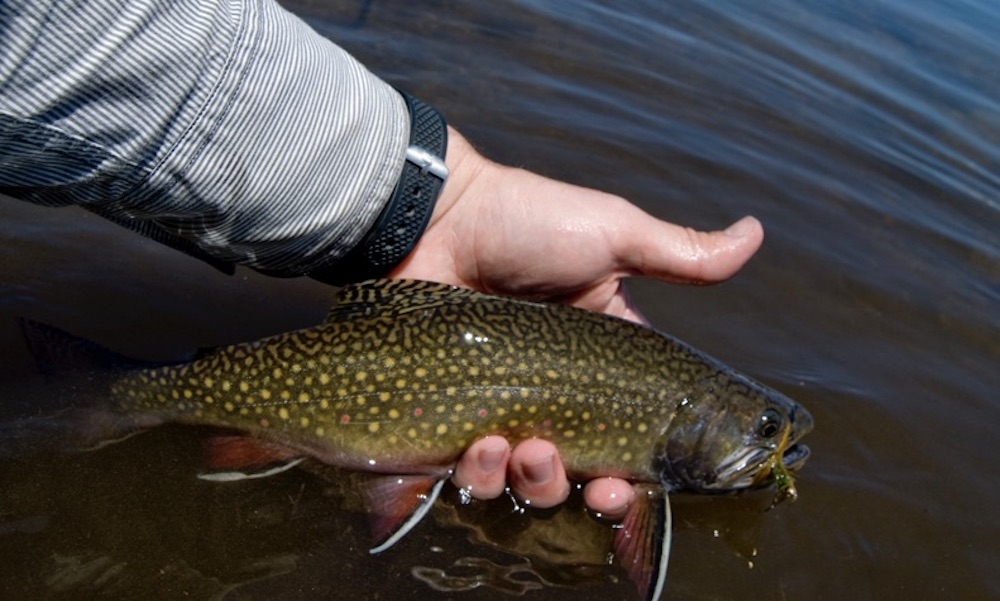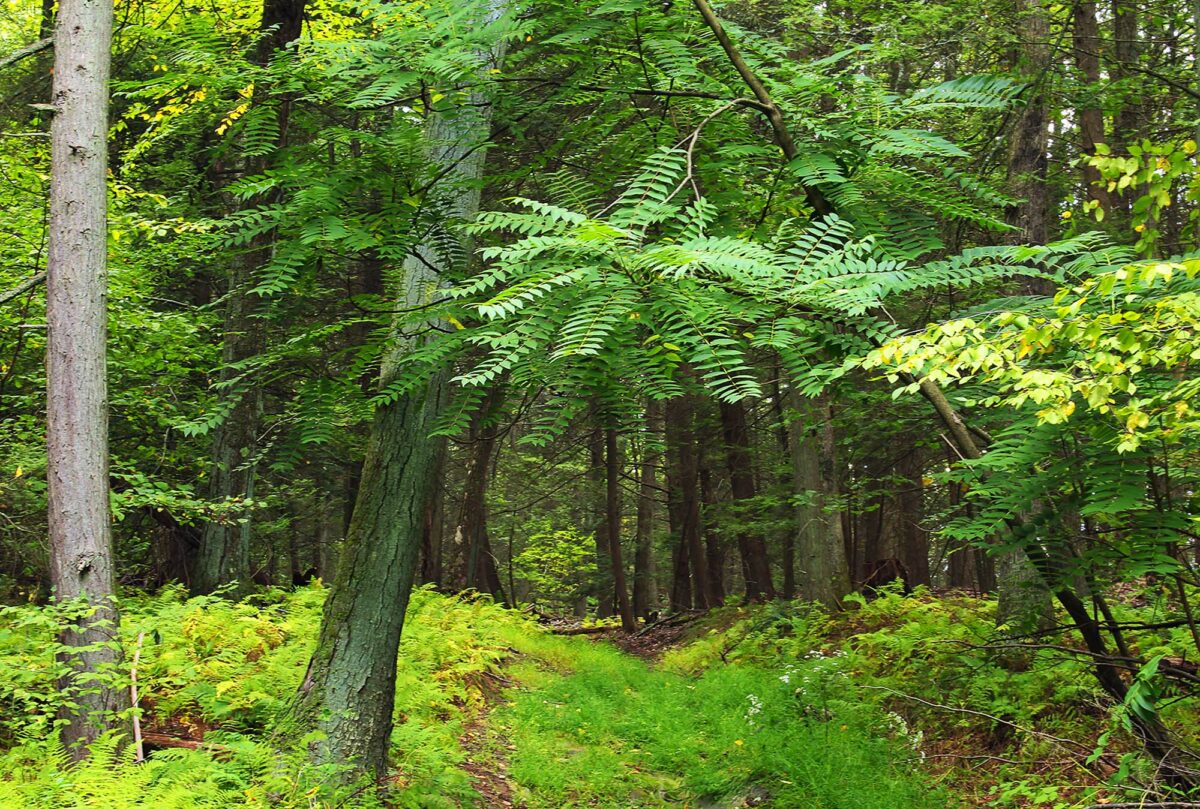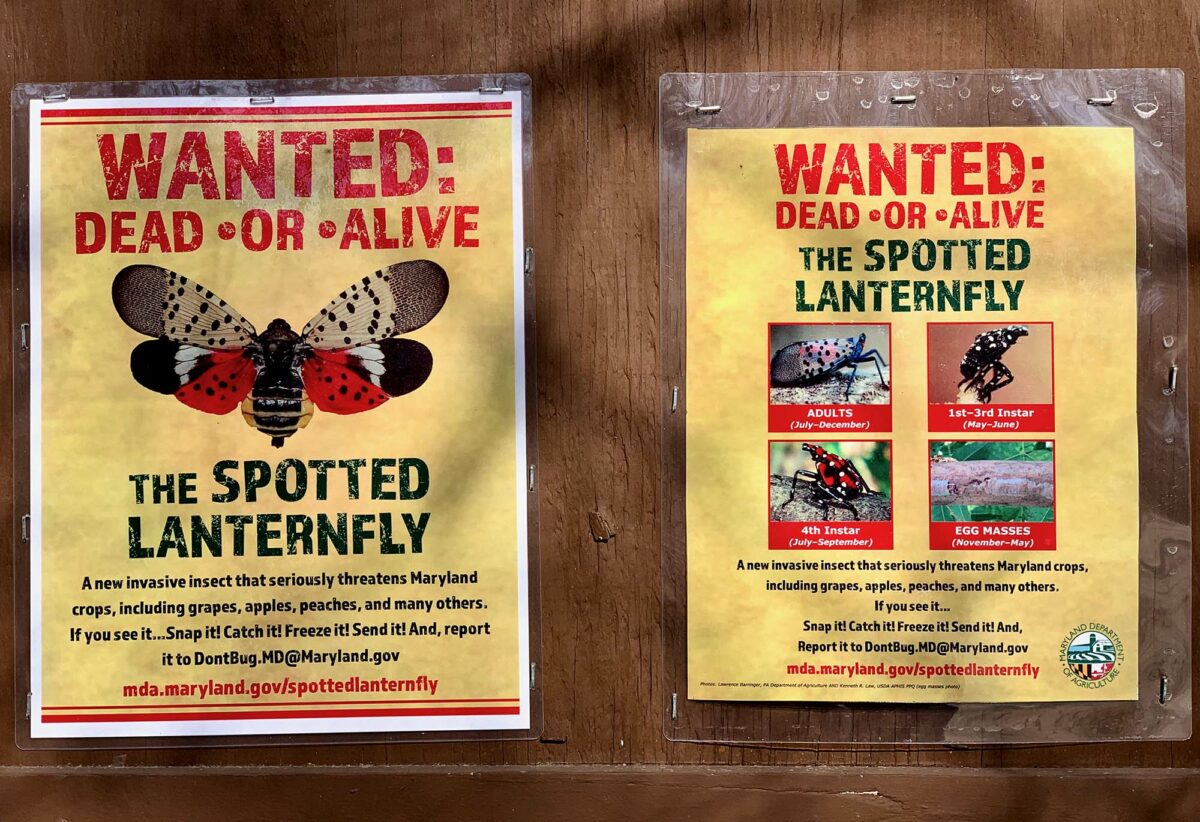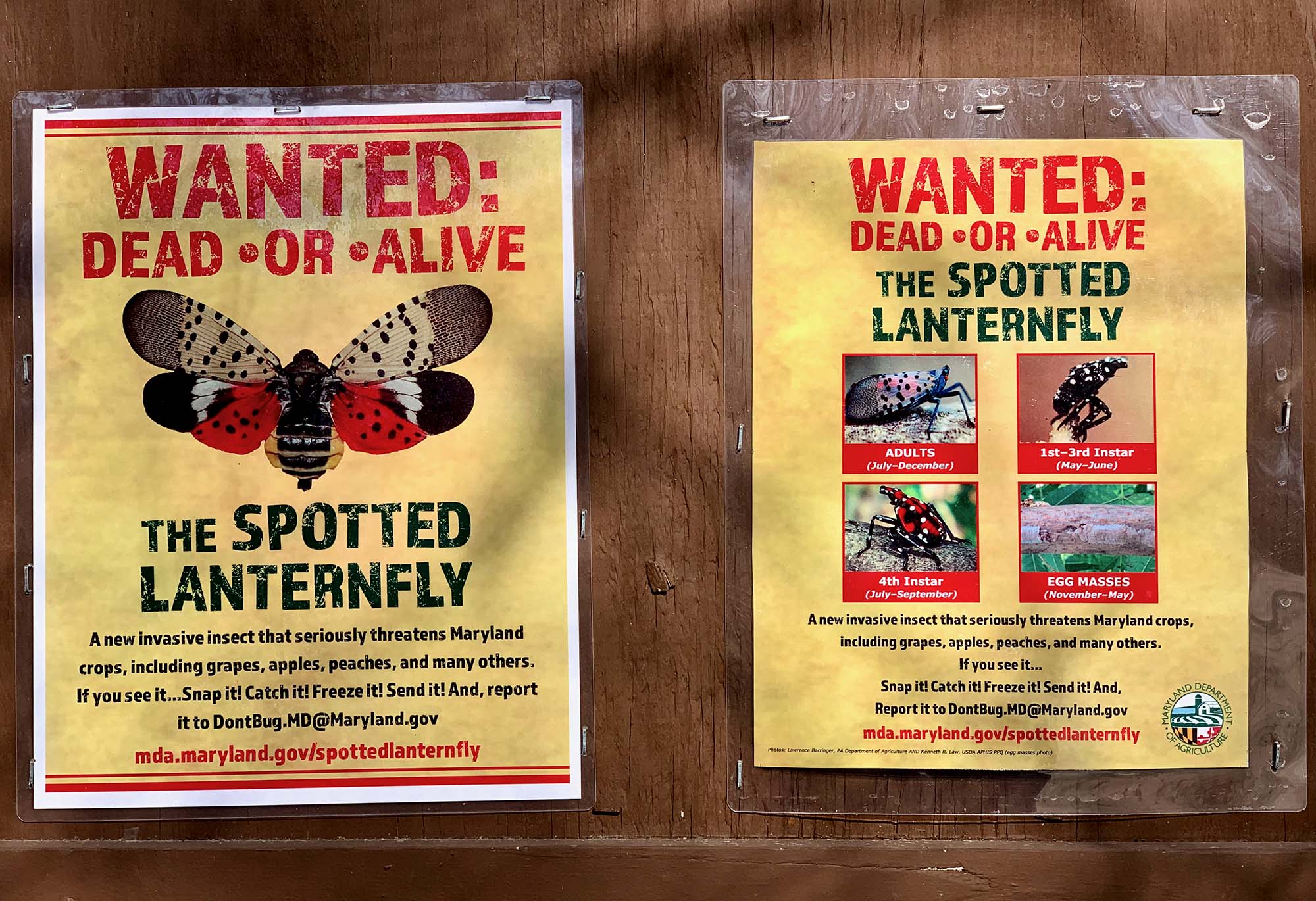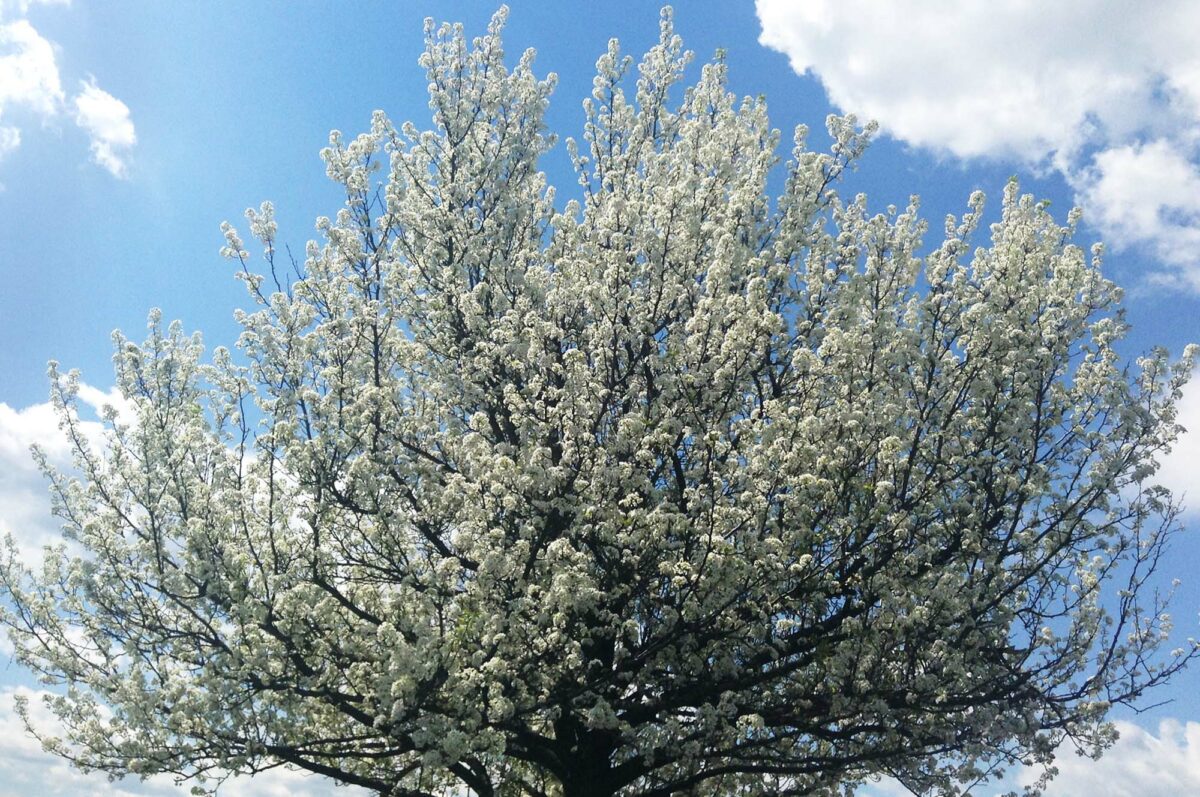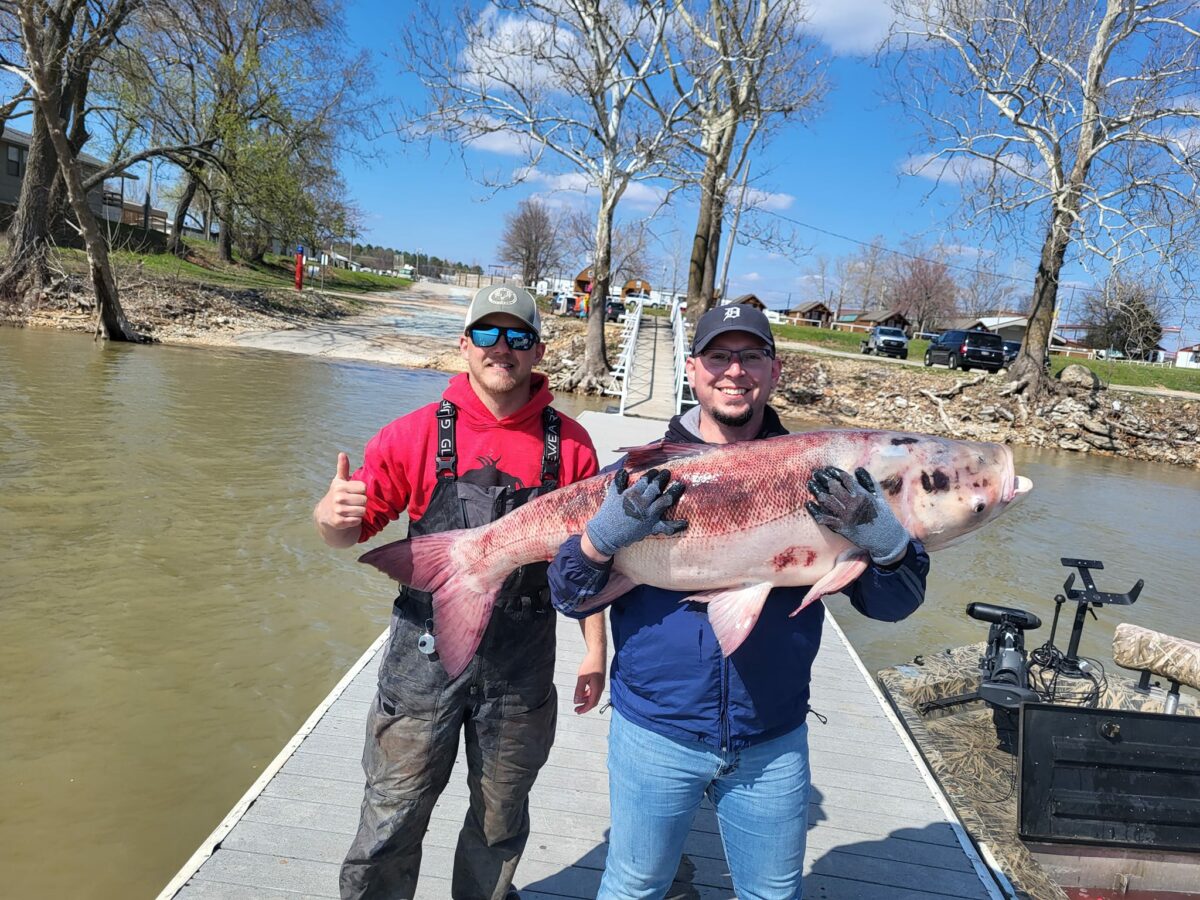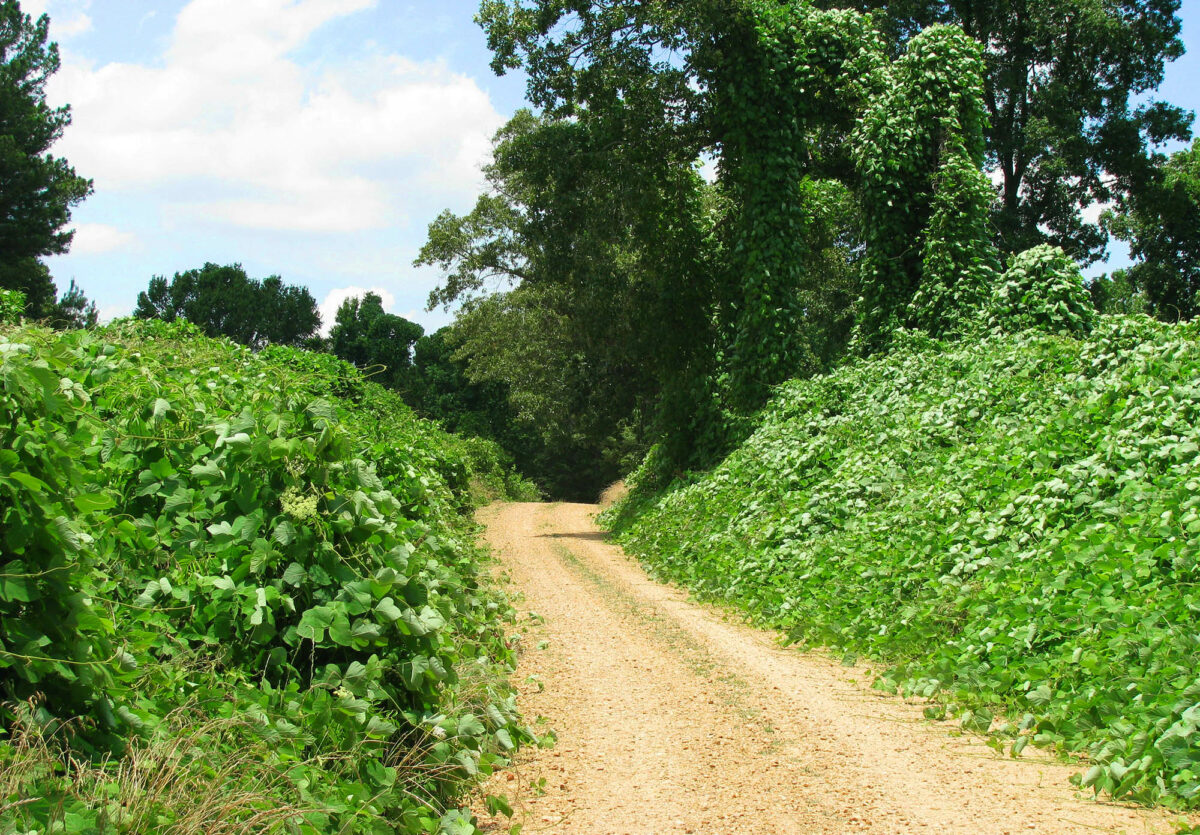The recent discovery of brook trout in a popular Yellowstone National Park creek has biologists hustling to remove the nonnative species.
The trout were found in Soda Butte Creek, a popular fly-fishing destination in the northeastern portion of the park.
Brook trout are invasive and threaten native Yellowstone cutthroat trout. If left unchecked, brook trout could spread from Soda Butte Creek throughout the Lamar River watershed.
The park, in coordination with Montana Fish, Wildlife & Parks and Custer Gallatin National Forest, will close a 9.6-mile stretch of Soda Butte Creek to the public Aug. 14-18.
ALSO: Another walleye fishing tournament marred by cheating scandal
During this period, biologists will kill brook trout with EPA-approved rotenone treatments.
Beforehand, during the week of Aug. 7, biologists will capture Yellowstone cutthroat trout via electroshocking. They’ll be kept alive in upper tributaries away from the treatment area.
A similar treatment program was successful in removing brook trout from Soda Butte Creek after they were discovered in 2015.
Cutthroat trout are the only trout native to Yellowstone National Park. They’re prized by anglers and play an important ecological role throughout the Greater Yellowstone Ecosystem.
–Brook trout image is generic
